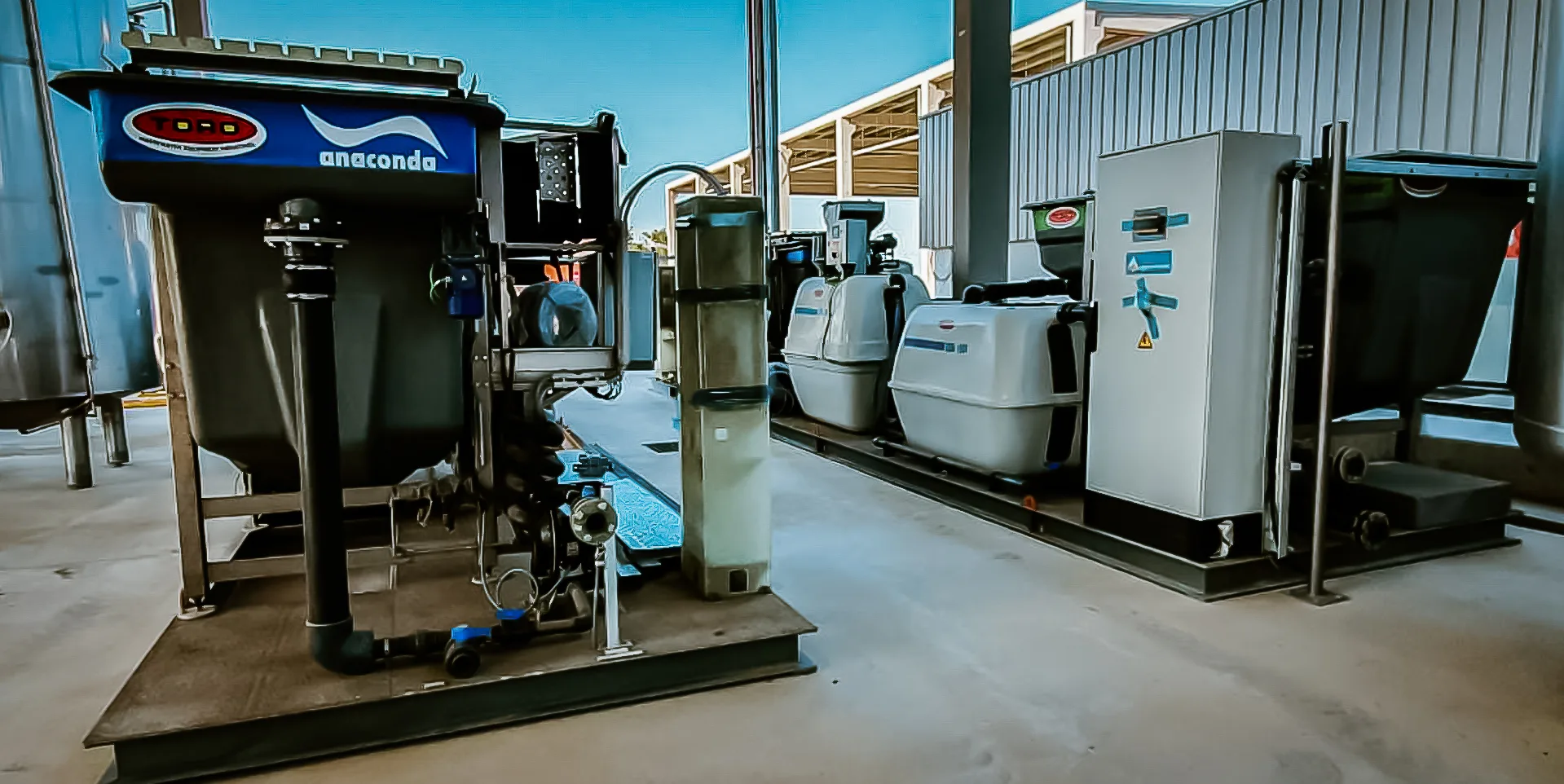

Aeration tanks. Aeration tanks are essential components in wastewater treatment plants, playing a crucial role in the process of breaking down organic matter and removing contaminants from the water. These tanks are designed to provide an oxygen-rich environment where aerobic bacteria can thrive and efficiently carry out the treatment process. By introducing air into the tanks, aeration promotes the growth and activity of the bacteria, which in turn helps in the decomposition of organic pollutants. Aeration tanks come in various designs, including activated sludge systems, sequencing batch reactors, and oxidation ditch systems, each with its own unique features and benefits. Activated sludge systems are one of the most common types of aeration tanks, consisting of a tank where wastewater and activated sludge are mixed and aerated. The activated sludge, which is a mixture of bacteria and organic matter, consumes the pollutants in the wastewater, producing a cleaner effluent. Sequencing batch reactors (SBRs) are another popular choice for wastewater treatment, as they allow for a more flexible and controlled treatment process. In SBRs, wastewater is added to the tank in batches, and each batch goes through a sequence of treatment stages, including aeration, settling, and decanting. This cyclical process ensures efficient treatment and high-quality effluent. Oxidation ditch systems are circular or oval-shaped tanks that promote the circular flow of wastewater and activated sludge, providing excellent mixing and aeration. The wastewater undergoes multiple treatment stages as it travels around the ditch, ensuring thorough treatment and removal of contaminants. Aeration tanks play a crucial role in the overall efficiency and effectiveness of wastewater treatment plants. Proper design, operation, and maintenance of these tanks are essential to ensure optimal treatment performance and compliance with environmental regulations. Regular monitoring of key parameters such as dissolved oxygen levels, mixed liquor suspended solids, and sludge age is necessary to maintain the health of the bacteria and the overall treatment process. In addition to their primary function of treating wastewater, aeration tanks also play a role in reducing odors and improving the aesthetics of treatment plants. By aerating the wastewater and promoting the growth of beneficial bacteria, these tanks help in minimizing the formation of foul-smelling gases and improving the overall appearance of the plant. Overall, aeration tanks are indispensable components in wastewater treatment, providing a reliable and efficient way to remove contaminants and protect the environment.